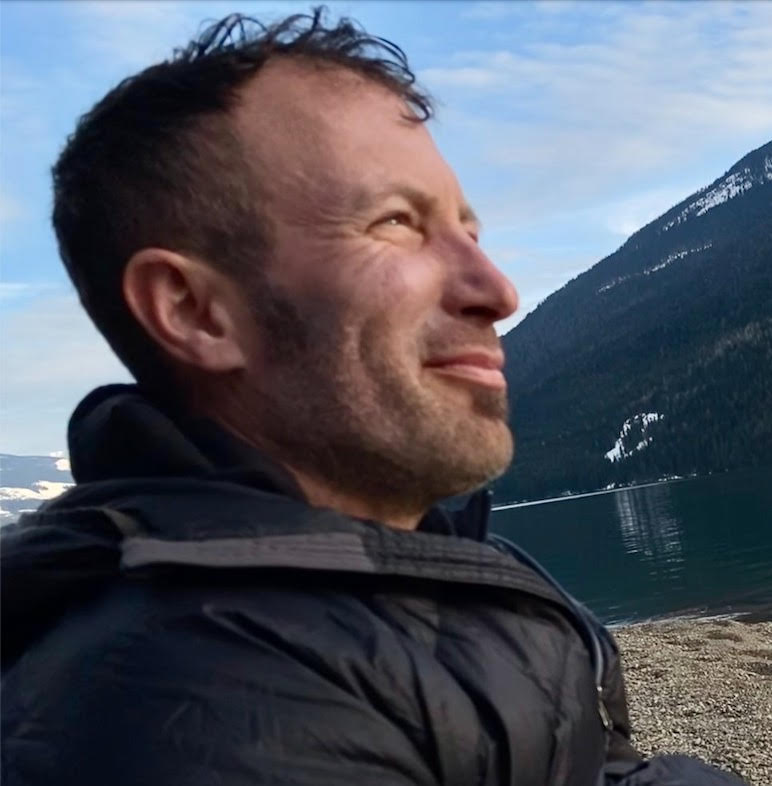By Benjamin Alva Polley EBS COLUMNIST

An elk saunters onto a highway in that ecotone between night and day. A car’s high beams breach the rise. The brights blind the elk. The driver barely has time to react as the brakes lock and the tires screech to a halting stop after the vehicle slams into a dark shape. Blood, guts, and gore paint the windshield before it spiderwebs in cracks.
People drive cars at high velocities during the crepuscular dawn and dusk when animals like to move. Humans are also moving to and from home. Hopefully, the person behind the wheel lives. No guarantees. The wildlife most likely dies, but they don’t have to. Wildlife crossings can save lives and dollars sooner than later.
The U.S. Department of Transportation’s Federal Highway Administration (FHWA) announced that it had released $59.9 billion in Fiscal Year 2023 for 12 critical programs to accompany Biden’s infrastructure law to improve safety for people and wildlife on busy roadways. That money is just starting to be distributed to all 50 states. In Montana, where wildlife and vehicles have a violent track record, wildlife crossings such as bridges and underpasses are one of the obvious targets for using this money. While the norm for wildlife crossings in the country has been to build these structures with concrete and rebar over many months, newer material is the smart answer to save lives—human and animal.
According to Western Transportation Institute, one to two million collisions happen yearly between vehicles and large mammals, resulting in approximately 29,000 human injuries and an estimated 200 fatalities. The cost generated is around $8 billion. Wildlife vehicle collisions threaten 22 threatened or endangered species, including Canada lynxes, flying squirrels, grizzly bears, salamanders, wolves, and wolverines. In Montana alone, wildlife-vehicle collisions between 2008-2017 for deer, elk, and moose cost over $120 million annually. According to State Farm Insurance, Montana ranks No. 2 in the nation in the chances that a vehicle may crash into a large animal.
The first two wildlife bridges built in North America were built over the Trans-Canada highway in 1996, connecting habitats in Banff National Park for $1.5 million each. The trade-off investment for building over or underpasses and fencing around highways to funnel wildlife to those crossings saves money in the long term.Since 1996, wildlife crossings—which connect areas of habitat fragmented by highways and interstates and reduce barriers affecting sensitive species—have reduced accidents by 87%. In Montana, between 2004-2012, the Confederated Salish and Kootenai Tribes (CSKT) pioneered wildlife bridges and created 41 crossings in 56 miles along Highway 93. Reservation biologists have counted 25 species using 40 wildlife underpasses and one overpass in this section.
“The goal of the crossing structure is coexistence,” said CSKT wildlife biologist Payton Adams. “To achieve coexistence with humans and wildlife, we have to make an effort to understand and implement the things that wildlife need to continue their survival.”
North America’s wildlife overpasses are usually concrete and can bear the load of enough soil for growing plants and spanning highways. In the past, these structures were only built when new or expanded highway projects were scheduled and were far from cost or time effective; the highway department had to close sections of the road for six months to create a concrete structure reinforced with steel. With this new law, they can add these wildlife crossings more easily. The permanent structures are expensive and slow to build. But they don’t have to be.
To save money and time, Montana could use fiber-reinforced polymer FRP plastic for bridges, materials first designed and used for bridges in the Netherlands. A team of workers offsite creates the composite out of crude oil, natural gas, chlorine, nitrogen, glass, and recycled plastic. These bridges are customizable, have high structural integrity, are lightweight, and can be shipped on trailers. Cranes can drop the new structure as overpasses in a mere half day.
“It’s cost-effective and swift,” said WTI’s road ecology program manager Rob Ament. “It only takes four to six hours to install once you build it.”
We’re not seeing adoption of this technology because traditions are hard to break, he said. “Innovation is hard, right? It’s risky. It’s much easier to say we’ll keep using concrete bridges because we’ve been building them forever. They know how they perform. Trying new materials is difficult.”
Human and animal lives are being lost every few days—and we have the money to fix this problem. Nature is nomadic and needs room to grow and roam more than ever because of an ever-changing climate, compounded by the rapid development of landscapes, whether for industry, highways, or subdivisions. Critters are forced to move in ways they’ve never been before, and bridges or crossings can save the lives of animals and people.
Benjamin Alva Polley is a place-based storyteller with stories published in Outside, Adventure Journal, Popular Science, Field & Stream, Esquire, Sierra, Audubon, Earth Island Journal, Modern Huntsman, and other publications at his website www.benjaminpolley.com/stories. He holds a master’s in Environmental Science and Natural Resource Journalism from the University of Montana.














